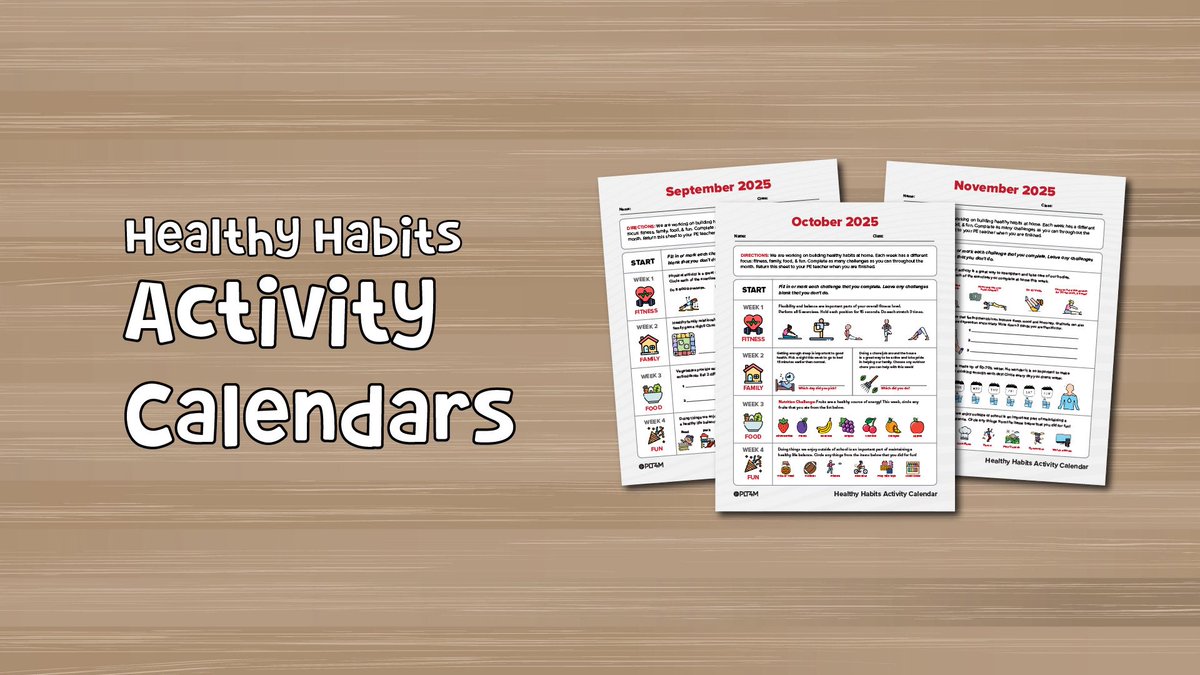Often, we see high school coaches and athletes get so caught up during the off-season with such a motivation and desire for intensity that they neglect proper scheduling, recovery, and injury prevention. Training with intensity is great, but we must have purpose and planning or we will never see true progress.
Enter the Active Recovery workout. Such a session is designed to offer coaches and athletes a viable training option that feeds the need to train religiously, while simultaneously allowing for growth and recovery from previous training sessions and preparing them for the next one.
Though an active recovery session is meant to be easy-going and casual to a degree, we still want to structure it in order to guarantee efficiency as well as efficacy. This will make sure your athletes buy in to the idea, so we can see real benefits and don’t waste our time!
Aerobic Conditioning Warm Up
To begin the session, we aim to increase heart rate, total body blood flow, and overall body temperature. We are looking for a low impact activity that can performed at low to moderate intensity for a continuous 10 to 20 minutes We often prescribe one of the traditional “monostructural” movements or activities: running, walking, biking, rowing, swimming, etc. These are both easily completed in a gym facility and easily monitored for time and pace. That being said, you could just as easily spend 15 minutes kicking a soccer ball around or playing a lighthearted game of knockout on the basketball court.Dynamic Movement Progression
Following our basic aerobic warm up, we move to more specific, athletic movement patterns. We are looking to continue the warm up while simultaneously improving balance, coordination and flexibility about specific joints. This could be as simple as continuous line drills (walking knee hugs, lunges, Sl RDLs,) or it could be a creative progression of dynamic mobility drills such as the following:- PVC Trunk Twists, Pass Throughs, Around the Worlds (30 Seconds Each)
- Leg Swings forward and back, side to side (10 each)
- Good Mornings (1 minute)
- Alternating Spiderman & Reach (1 Minute)
- Bootstrappers (1 Minute)
Mobility Progressions & Foam Rolling
With intense training or competition comes the continual battle against injury. Active recovery days are the perfect time to incorporate mobility work designed to increase flexibility, correct movement, and ultimately stave off potential injury. A good progression will work both on areas that have been worked hard recently to enhance recovery, and areas to be worked in the near future as movement prep. Here is an example routine that could be used between a heavy press day and heavy squat day:- Lower Body Foam Roll
- Banded Hip & Ankle Mobility w/ Air Squats
- Perform 10 Seconds of Slow Air Squats
- 30 Seconds each of banded hip and ankle hold on the right leg
- 10 Seconds Slow Air Squats
- 30 Seconds each of banded hip and ankle hold on the left leg
- 10 Seconds Slow Air Squats
- Lat Mash: BB, KB or foam roller for 30 seconds each side
- Child’s Pose: 1 Full Minute
- Twisted Cross Stretch: 30 Seconds each side
- Squat Therapy: 3 sets of 5 reps






